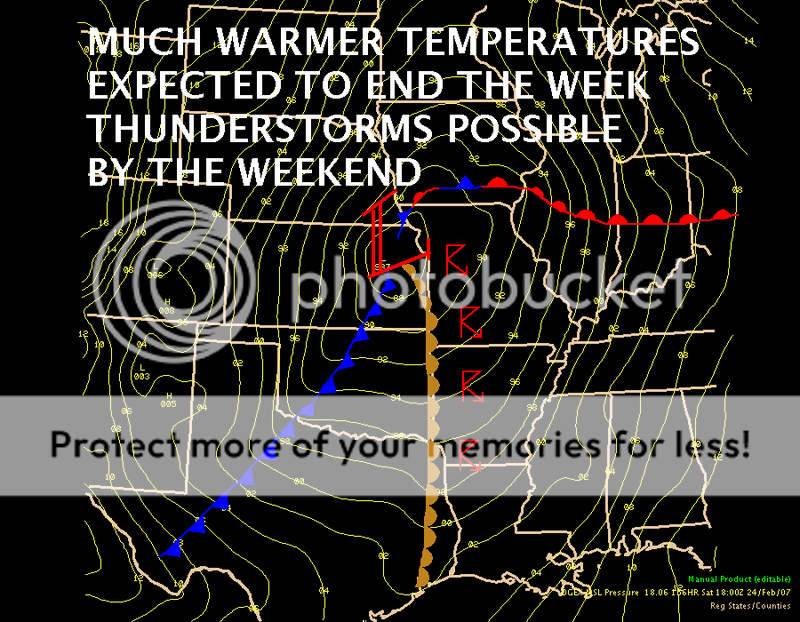Billy Griffin
Not to be a doomsday prophet, but taking into consideration the time of year this system is occuring, the overall extremely volatile atmospheric setup, a forecast strong LLJ which would allow the storms to remain tornadic well after sunset, low storm/tornado visibility due to darkness/topography and recent fatal events during the overnight hours in this area, I believe we will see a significant number of fatalities from this outbreak if it all comes together as forecasted. Having examined recent fatal overnight tornado outbreaks with significant fatalities make me suspect this outbreak will be no different. In fact, due to the lack of severe weather awareness at this time of year and the potential severity of this outbreak, it may possibly be much worse in terms of fatalities
I sincerely hope this isn't the case, and although my comments tend to "stir up the stink," I still just don't see this as becoming a dooms-day, end of the world outbreak. Yes, I do see the models just as everyone else, but I'm also going on a little history, climatology, time of year, and overall speed of this system.
Almost a mirror of last year, to me it appears the system will kick out very fast and too far east of the traditional alley, so there goes your good chase terrain - at least traditional chase terrain of years ago. Second, it looks this could be a nocturnal event with screaming squalls throughout the evening. Third, with the recent cold air intrusions all the way to the Gulf, even with several days recovery, I'm still somewhat skeptical on TRUE gulf moisture getting far enough north where the better dynamics are forecast. And finally, limited surface heating due to widespread cloud cover due to streaming moisture ahead of the low. A stratus deck is very typical for these early-season systems with this type of flow and associated moisture overrunning dormant vegetation/terrain.
Again, these are just my thoughts. As stated before, there's nothing more I'd prefer than an active season starting early and giving everyone a great wealth of photogenic storms. All I'm saying is, BEFORE talking about fatalities, widespread tornadoes and an outbreak for the record books, there's more to it than just model forecasts. We've seen a lot of these early systems do the very same thing, so I'll remain skeptical until 1-2 days out.
Last edited by a moderator:

